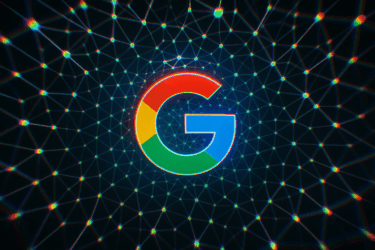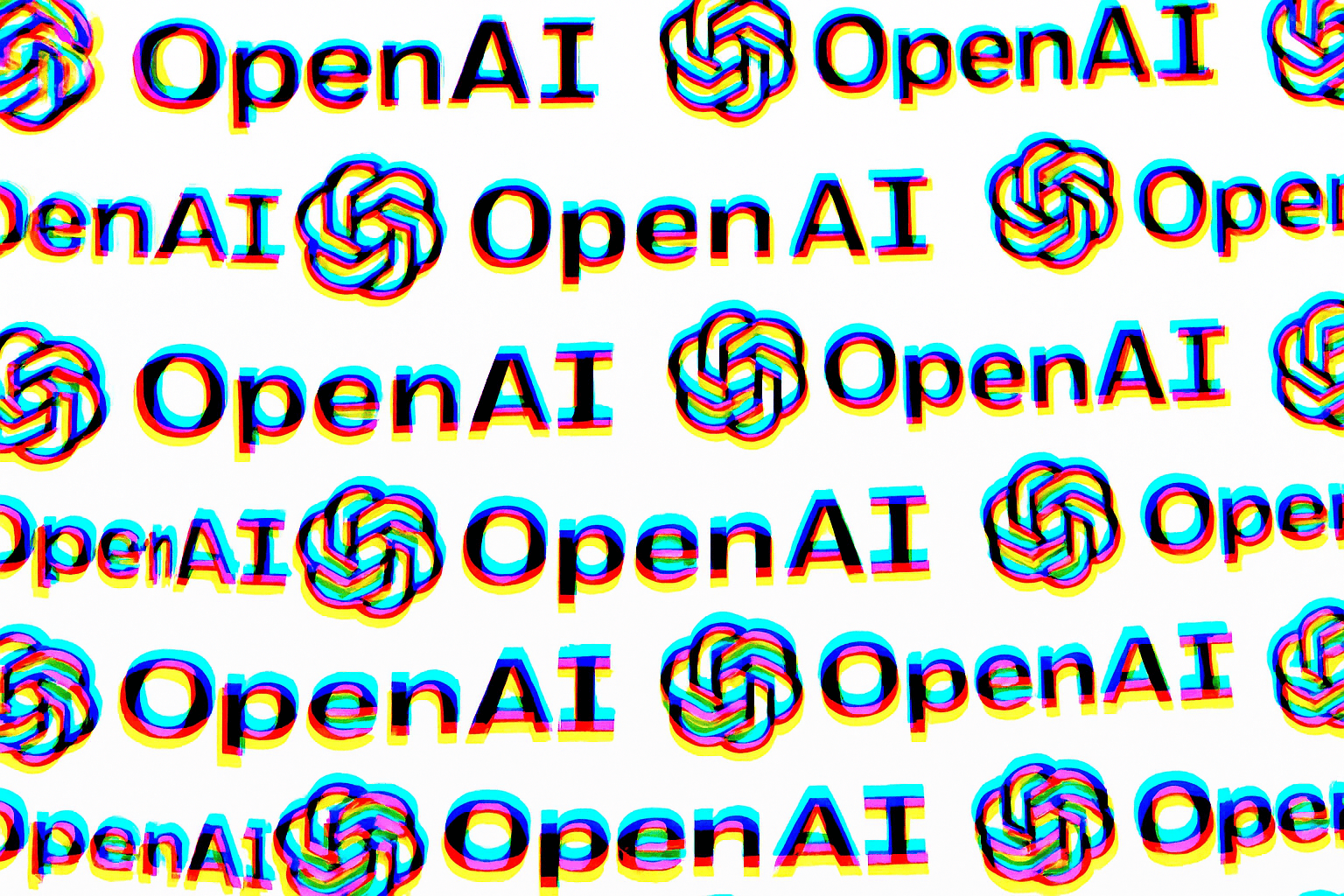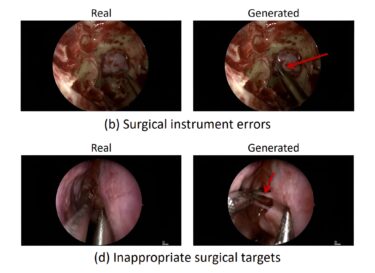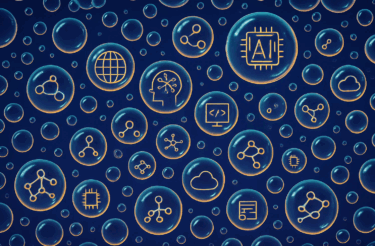Inception is alive and well. The AI start-up, whose workforce former CEO and Deepmind co-founder Mustafa Suleyman sold to Microsoft in 2024 so he could focus on writing lengthy blog posts about superintelligence, is back—with $50 million in fresh capital. The round was led by Menlo Ventures, with support from Microsoft’s M12, Nvidia, Databricks, and Snowflake.
Inception is now betting on diffusion models, or dLLMs, which don’t generate text word by word like autoregressive LLMs, but instead refine content step by step. Until now, this approach has mostly powered image generators. Inception wants to bring it to text and code. Google demoed its own take, Gemini Diffusion, in May 2025.
The company’s new model, Mercury, claims to generate over 1,000 tokens per second. Classic autoregressive models like GPT-5 usually top out at 40 to 60 tokens per second.
Mercury is available through partners like OpenRouter and Poe, with pricing set at $0.25 per million input tokens and $1 per million output tokens, giving it speed and cost advantages over standard LLMs.










